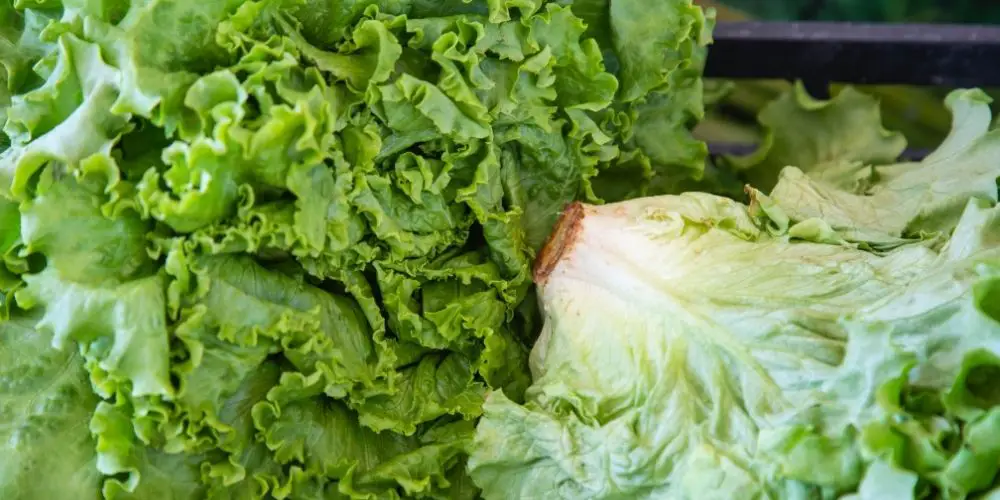Moss is a bryophyte and like other bryophotes the haploid stage is dominant generation in its life cycle. The bryophytes are a group of plants which consist of mosses, liverworts and hornworts. These are non-vascular plants which do not have flowers or fruits/seeds like most other types of plants, which are vascular .
Instead of roots they have rhizoids which anchor the plant. They flourish in areas where the humidity levels are high, since the leaves absorb moisture from the air. There are approximately twenty thousand different types of bryophytes. They reproduce using spores which are diploid.
Lifecycle

The diploid spores of the moss plant will germinate to produce the haploid moss plant.
The moss plant will flourish as long as the conditions are favorable for its growth, especially the moisture levels should remain high.
So for most of its life cycle the moss exists in haploid form, so it is the dominant generation. After the moss plant matures it produces diploid sphorophytes formed when the eggs are fertilized .
The diploid spores from the sphorophyte are dispersed by the wind, birds and water to various places. In other cases the parts of the moss plant will break off.
Spores
The spores of the moss plant which are similar to the seeds of vascular plants are enclosed in a capsule. The spores are simpler than the seeds since they consist of a single cell.
They remain dormant till conditions are favorable. When the moisture levels are sufficiently high the operculum, a lid like cover of the capsule containing the spores will decompose, and the spores will be released.
The spores will then germinate, develop rhizoids to anchor the moss and grow into a moss plant. If the moisture levels in the area are not sufficient, the spores of the moss can remain dormant for a long time.
Moss plant

The moss plant requires a surface, to which its root like structures called rhizoids can anchor the plant.
They can flourish in slightly acidic soil conditions with few nutrients, where other plants do not flourish. The moisture levels should also be sufficiently high for the moss plant to flourish.
In these conditions the moss plant will be able to complete its lifecycle from germination, to growth of plant and producing the spores required for propagation.
While there may be some differences in the duration of the lifecycle based on the moss variety, typically the lifecycle is completed within a period of six weeks.
- Why is moss killing my grass?
- Browning Moss: What is causing this to happen?
- Moss: When, and what conditions are needed to grow?
Conclusion
Compared to most other plants which are vascular, growing from seeds to form diploid plants, the moss plants and other bryophytes are unique. The moss plant growing from the spores is haploid, having one set of chromosomes. till the diploid spores are formed towards the end of the moss lifecycle, only the haploid moss plant exists. Hence the haploid moss is the dominant generation for the moss plant. So if the cells of the moss plants growing during heavy rainfall are checked, they will have only one set of chromosomes since the moss plant is haploid.















